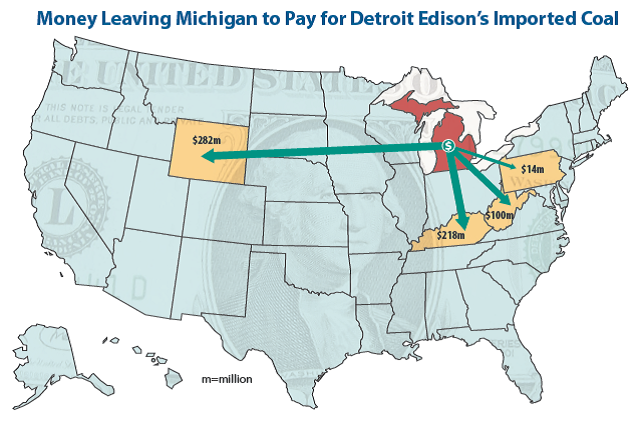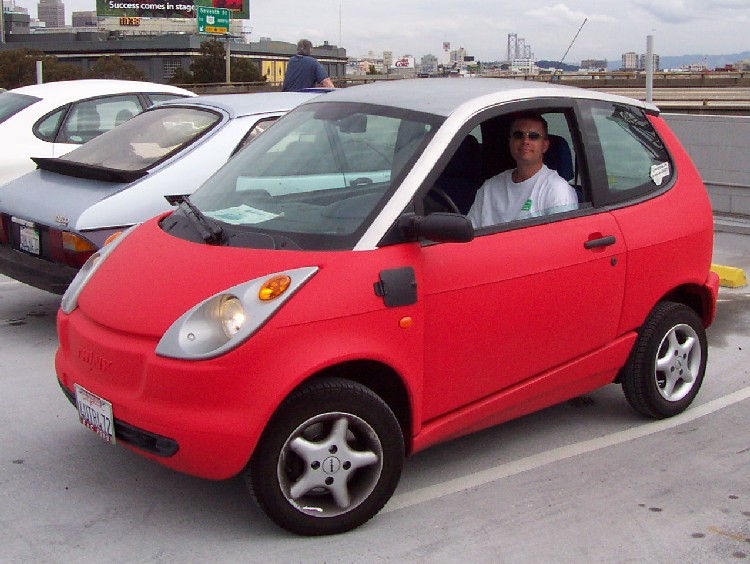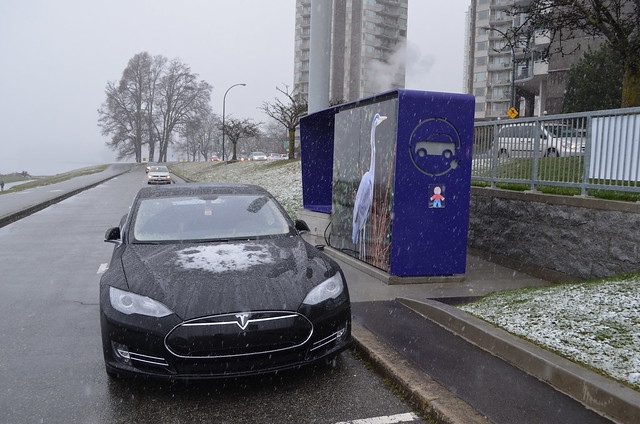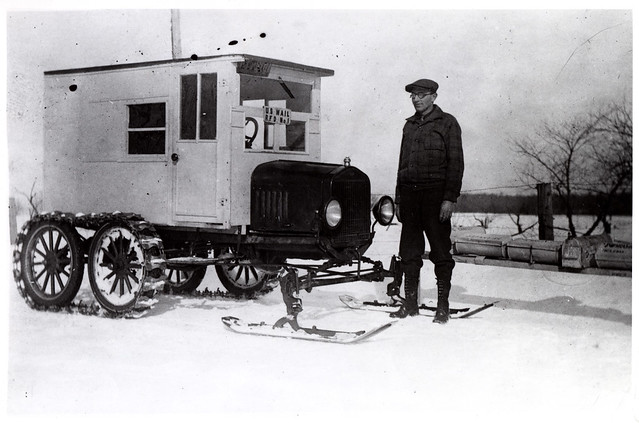Finding a charging station that will actually allow you to use it is a multifactorial problem. First, you must find a station, which is made more difficult by the fact that almost none are well-marked, and are often nowhere near their indicated locations on the vehicle's onboard GPS.
 |
| (Sploosh) |
But truly, the most persistently irritating thing about charging an electric car is the poor etiquette of other EV drivers. All too often, you will run across someone whose car finished charging hours or days ago, and there it is, still sitting in the only available charging spot. One particular Ann Arbor location always has the same two Chevy Volts plugged in with their batteries full, using the place like their own (free) home charging station.
With all that in mind, let's lay down some ground rules to help us become more mindful EV drivers.
1) If you don't drive an EV, don't park in the charging spot. Seriously, if you keep this up I'm gonna start parking in gas stations. It's a frustrating and common occurrence, but I just chalk it up to most people not giving a shit about my charging problem. I understand not giving a shit about other peoples' problems, and frequently the spot next to them is open, so I simply drape the cord across their car to make it reach mine. Problem solved.
2) Don't charge if you don't need to. Why are you taking up the only spot for miles around to get an extra 20% of battery power?
3) Move the car when you're full. If your battery has gotten topped off, move it. Most electric cars can send you a text message when the battery is full so you'll know. Leaving it there for hours afterwards, plugged in, is asinine. If you can't move it when you're done, try to make it so others can unplug your car and still plug their own in. Leave a card with your phone number on the windshield.
4) Feel free to unplug a FULLY CHARGED car. If there is a car plugged in and it's obvious the battery is full, you should feel no qualms about unplugging it to charge your own. Note that Chevy Volts seem to like to sound their car alarms when you do this, but whatever. Leave a note if you want.
How to tell if it's charged fully: On a Volt, it's charged if the dashboard green light is flashing. On a fully charged Leaf, all three lights on the dash are either all on, or all off. And on a charged-up Ford, the blue ring around the charge door will not be lit.
Finally, having found an open spot in front of a charging station, your excitement may well be tempered by finding that said station is actually broken, possibly forever. I'm looking at you, Ferndale!

















































